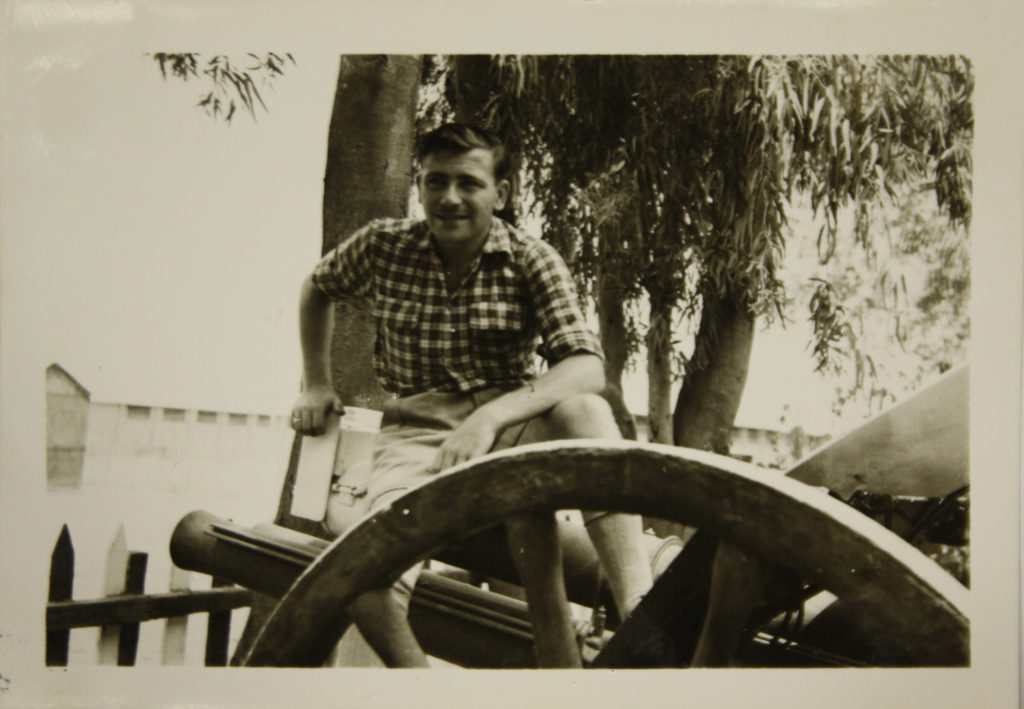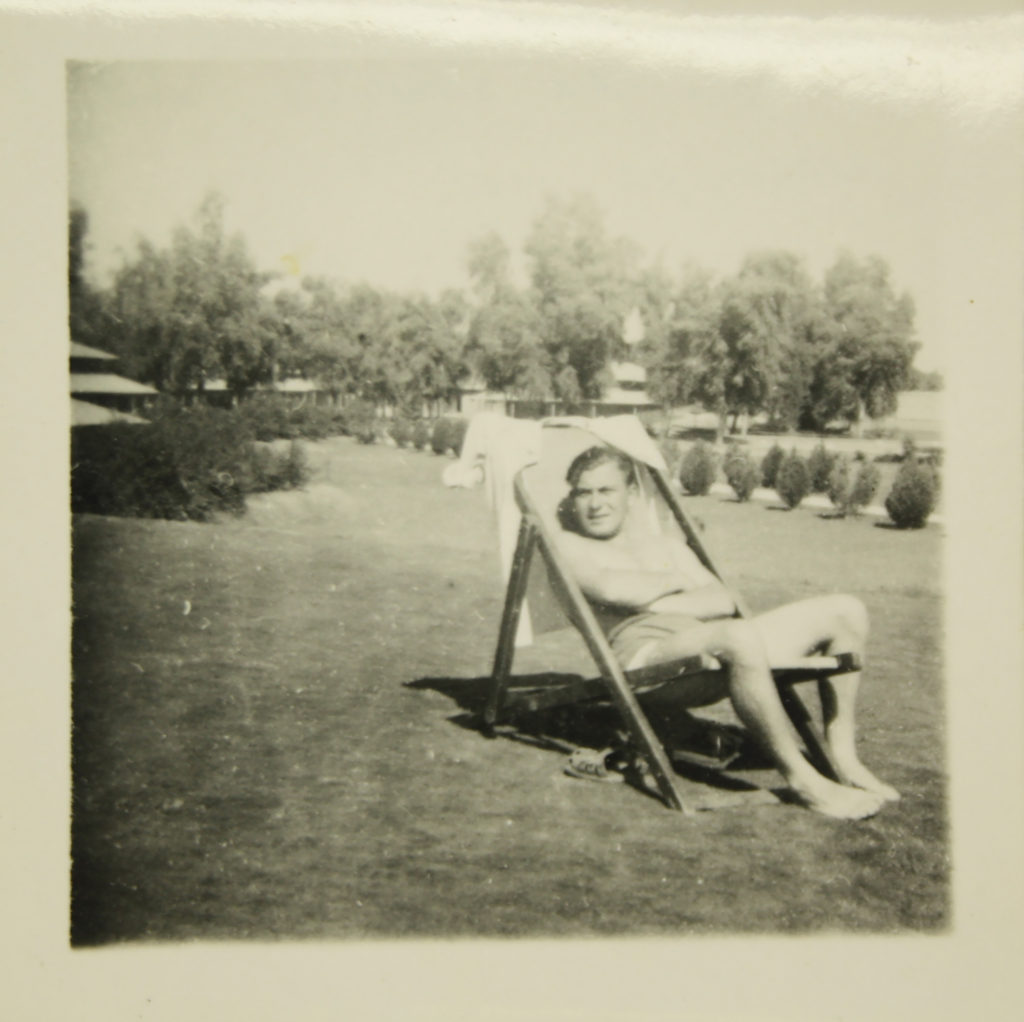A bibliography must be included within an essay that includes quotes from artists, in order to reference the books from which the quotes are originally taken from, and to allow readers of the essay to 1) validate the quote using the original text and 2) find out more about an artist/quote that they like. The bibliography is found at the end of an academic essay and contains the detail of every book, website, video and source of quotes used in the essay. The Harvard system of referencing is commonly used to reference source material, and the details are ordered as follows:
Surname, first initial. (year of publication). Title of book, place of publication: Publishing company.
for example, in order to reference from the book Camera Lucida, the following reference would be used:
Bibliography: Barthes, R. (1993), Camera Lucida. London: Vintage Books
During the essay, when a quote is used, the page number of the book is referenced after the quote itself, in order for the reader to distinguish between different volumes of the same book, and to allow them to quickly flip to the exact page of the original source containing the exact quote. This is done as following:
‘Hence I could not accede to that notion which is so convenient when we want to talk history, culture, aesthetics – that notion known as an artists style.‘ (Barthes 1993; 18)
The Harvard system of referencing is universal in the academic world, and is the most popular method for referencing original source material in essays.







